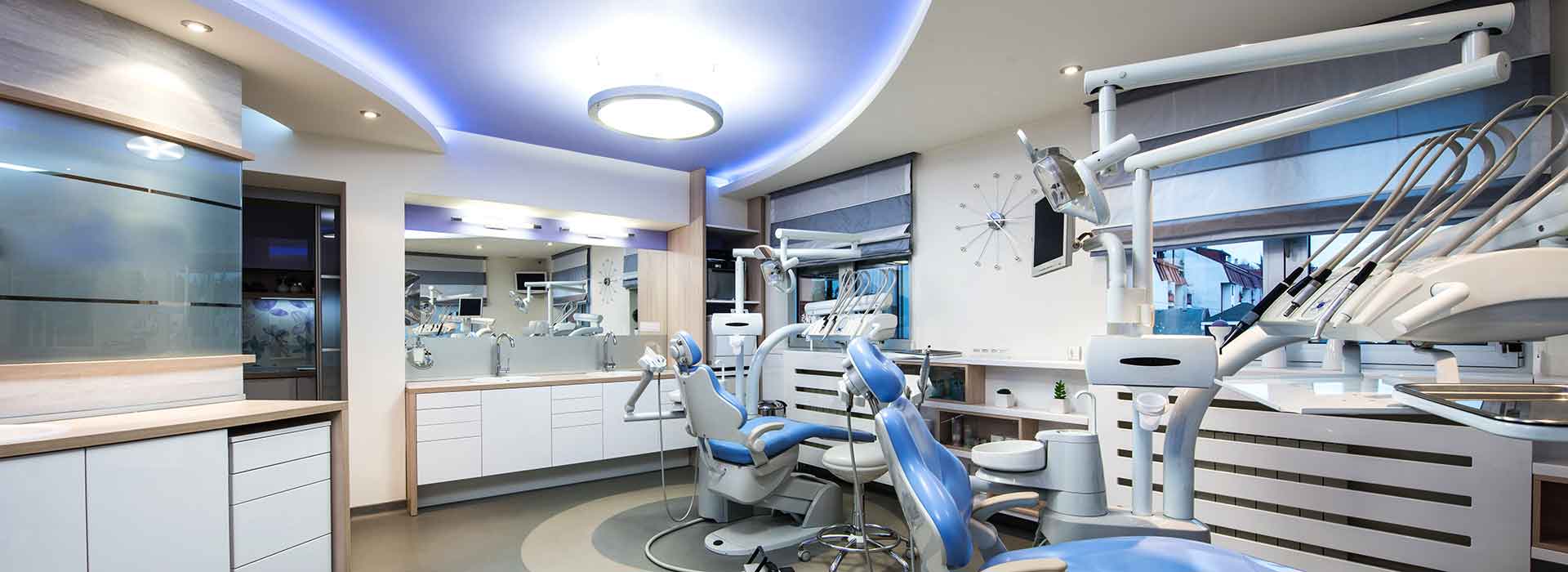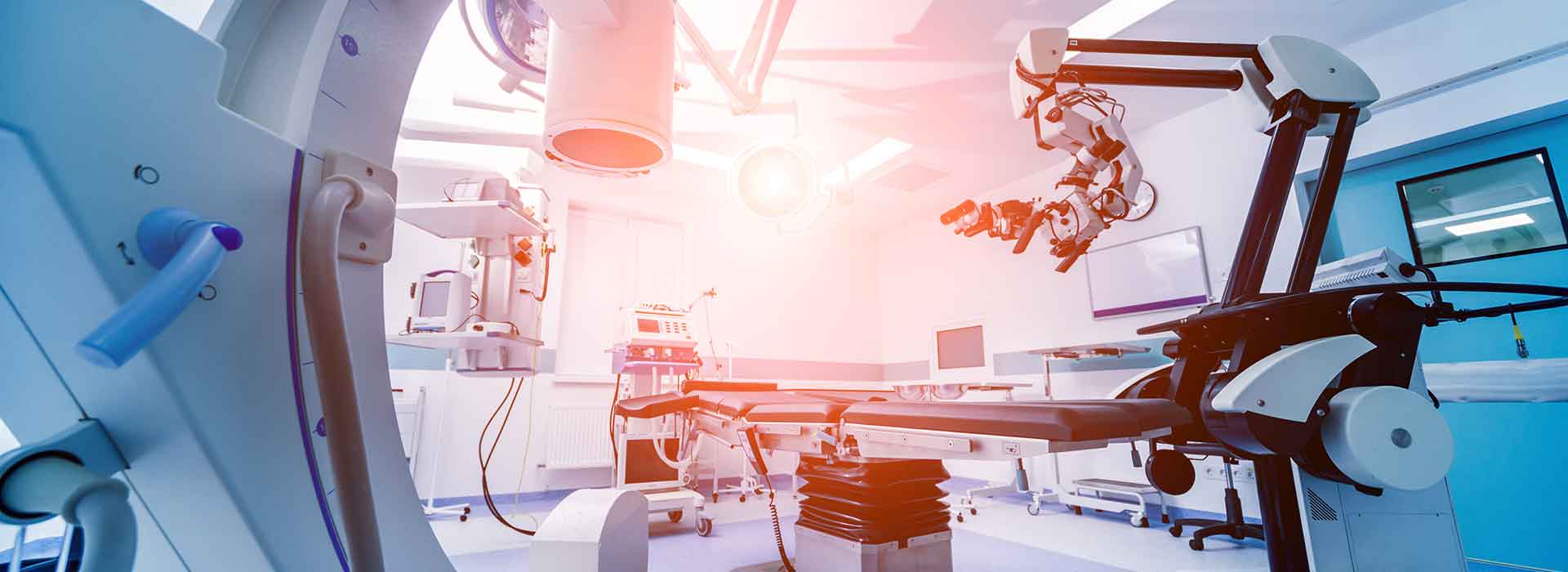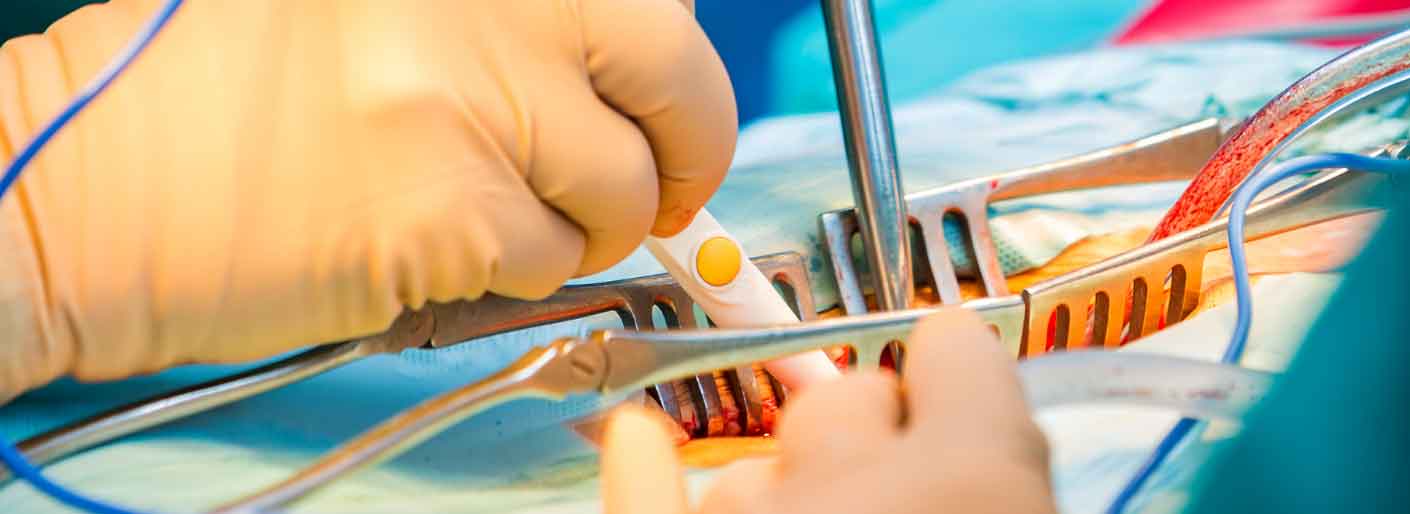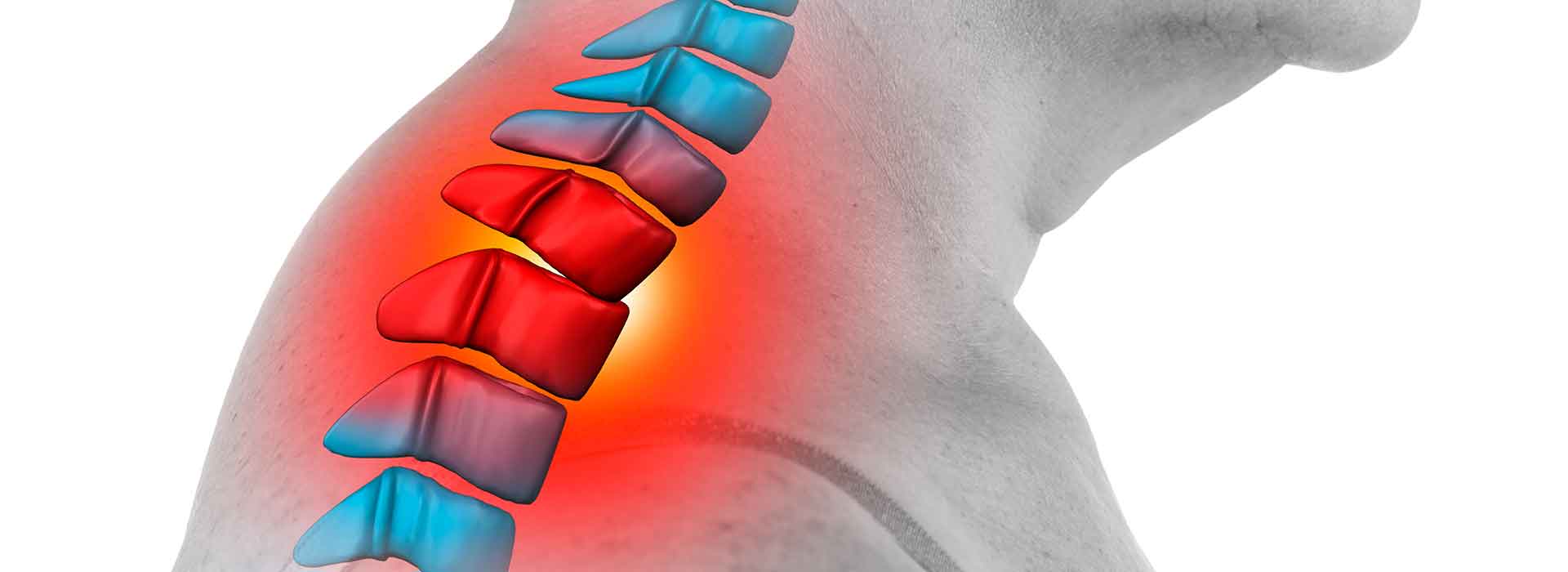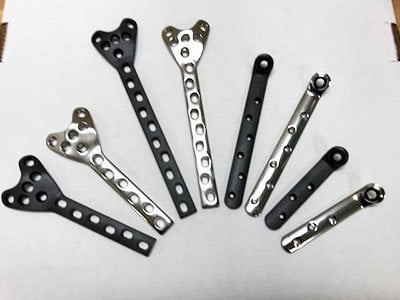What does it mean for a plastic to be medical grade?
Before a polymer can be considered medical grade, its biocompatibility must be verified through rigorous testing. Biocompatibility testing procedures are defined in the ISO 10993 standard and is considered the gold standard. It was recently revised in 2017 to account for the newest biocompatibility research data and is the best representation of what a medical grade material is. It is important to note that ISO 10993 is strictly for biocompatibility. However, this standard focuses on both the material and the manner in which the material is handled during manufacturing.
The FDA recognizes ISO 10993 as the best biocompatibility resource available to medical material and device manufacturers. For this reason, the FDA considers ISO 10993 compliance during its premarket approval process.
Medical Device Designers are Looking for ISO 10993 Compliance
The medical device industry is loaded with regulations, so device designers need a polymer converter that produces material compliant with the ISO 10993 classifications relevant to their devices. There’s no better way to demonstrate material safety and effectiveness, and the testing protocols are rigorous.
More importantly, the ISO 10993 standard was developed specifically with implantable materials in mind. This means, in some ways, it is more appropriate than USP Class VI testing, which is another respected biocompatibility standard coming from the pharmaceutical industry.
How does ISO 10993 classify medical devices?
ISO 10993 sets out some definitions for biocompatibility and biological risk. From these definitions, the organization has developed an array of testing procedures, several of which are relevant to polymer converters, device manufacturers and device designers.
What tests should a potential biomaterial be subjected to? That depends on how it will be used and how long it will be in contact with biological tissues. The standard outlines procedures for surface devices and external communicating devices (devices that contact blood and may represent an entry point into the vascular system), as well as implantable devices.
ISO 10993 further classifies medical devices by the expected duration of contact. Here are the defined endpoints:
- Class A devices – Class A devices are designed for limited exposure, so up to 24 hours of exposure.
- Class B devices – Class B devices are designed for prolong exposure, which means the device will likely be in contact with the body for more than 24 hours and less than 30 days.
- Class C devices – Class C devices are designed for permanent contact, which in this case means greater than 30 days.
Devices that are expected to be in repeated contact with biological tissues will need to be tested for cumulative exposure.
What testing procedures are implanted materials subjected to?
There are 20 parts included in ISO 10993, and the first defines how samples should be delivered for testing. To be accepted for testing, the sample must be a sterilized final product or a representative sample from the final product. These samples must be converted, processed, packaged and sterilized in the exact same fashion as the final product, so in other words, the sample must be materially identical to the product.
ISO 10993 defines testing procedures for a Class A implantable device, but the majority of implantable devices will fall under Class B and Class C categories. The testing procedures are similar for both implant classes, and here is what they look like:
Cytotoxicity – Cytotoxicity testing determines whether a material causes cell damage or death. The ISO standard defines how biological cells should be prepared for the test and how material samples should be delivered. The goal is to look for a biological response to the material.
Dermal sensitization – Dermal sensitization refers to a material’s capacity to cause irritation or other reactions to dermal tissues. Guinea pigs are used during dermal sensitization testing, as guinea pig skin is a near-analog of human skin tissue for the purposes of biocompatibility testing. The material is injected and applied as a topical skin patch, using vehicles like vegetable oil and saline. The goal is to check for any signs of topical irritation or intracutaneous irritation.
Systemic toxicity – Systemic toxicity is concerned with biological effects that are remote to the implantation site. In other words, researchers are looking for any effects on the liver, brain, heart and kidneys, among other target sites. Systemic toxicity may occur if the implant is releasing chemicals or particles into the body.
ISO 10993 does not define particular systemic toxicity testing procedures, but it does recommend methods that have been published by other standards and organizations, including the U.S. Pharmacopeia. In most cases, the preferred test is to deliver a large dose of the material to an animal test subject, using a fluid vehicle like saline. The animal subjects are monitored for several days afterwards for a reaction and are weighed daily.
This testing protocol can be used to detect acute or long-term systemic toxicity, though the timeline is different for acute and long-term testing. Long-term system toxicity testing is also done with larger numbers of test subjects.
As ISO 10993 is concerned with risk management, it also includes a part dedicated to medical device extractables and leachables. Any implant that could be in contact with the body’s tissues for more than 29 days (cumulative) must undergo this study.
During an extractable and leachable study, any chemicals that could migrate from the implant are evaluated for their own biological risk profile. This is to give researchers a comprehensive picture of the medical device’s biocompatibility.
Medical devices are regulated at the material level, the process level and the device design level. If a device is manufactured from materials that are proven to be biocompatible, it is medical grade. Medical grade plastics are those that have satisfied ISO 10993’s provisions, and have been cleared by the most advanced safety testing available.


